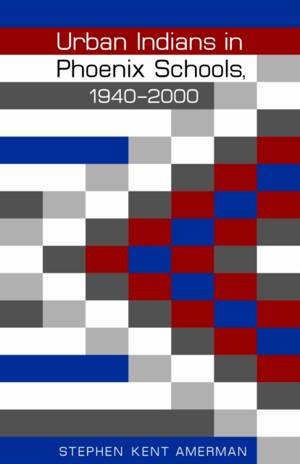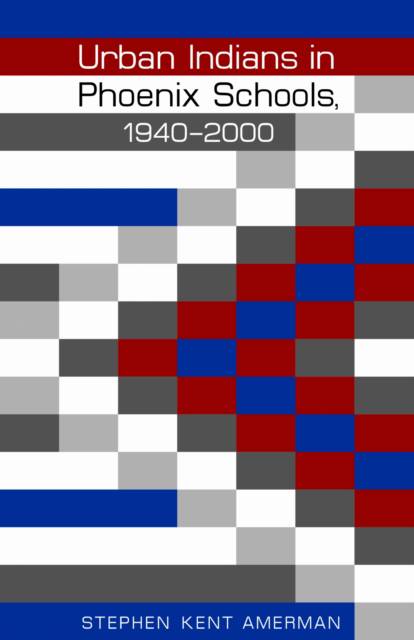
Je cadeautjes zeker op tijd in huis hebben voor de feestdagen? Kom langs in onze winkels en vind het perfecte geschenk!
- Afhalen na 1 uur in een winkel met voorraad
- Gratis thuislevering in België vanaf € 30
- Ruim aanbod met 7 miljoen producten
Je cadeautjes zeker op tijd in huis hebben voor de feestdagen? Kom langs in onze winkels en vind het perfecte geschenk!
- Afhalen na 1 uur in een winkel met voorraad
- Gratis thuislevering in België vanaf € 30
- Ruim aanbod met 7 miljoen producten
Zoeken
Omschrijving
In the latter half of the twentieth century, tens of thousands of Native American families moved to cities across the United States, some via the government relocation program and some on their own. In the cities, they encountered new forms of work, entertainment, housing, and education. In this study, Stephen Kent Amerman focuses on the educational experiences of Native students in urban schools in Phoenix, Arizona, a city with one of the largest urban Indian communities in the nation. The educational experiences of Native students in Phoenix varied over time and even in different parts of the city, but interactions with other ethnic groups and the experience of being a minority for the first time presented distinctive challenges and opportunities for Native students. Using oral histories as well as written records, Amerman examines how Phoenix schools tried to educate and assimilate Native students alongside Hispanic, Asian, black, and white students and how Native children, their parents, and the Indian community at large responded to this new urban education and the question of their cultural identity. Reconciling these pressures was a struggle, but many found resourceful responses, charting paths that enabled them to acquire an urban education while still remaining Indian.
Specificaties
Betrokkenen
- Auteur(s):
- Uitgeverij:
Inhoud
- Aantal bladzijden:
- 280
- Taal:
- Engels
- Reeks:
Eigenschappen
- Productcode (EAN):
- 9780803229853
- Verschijningsdatum:
- 1/11/2010
- Uitvoering:
- Hardcover
- Formaat:
- Genaaid
- Afmetingen:
- 140 mm x 216 mm
- Gewicht:
- 476 g

Alleen bij Standaard Boekhandel
+ 183 punten op je klantenkaart van Standaard Boekhandel
Beoordelingen
We publiceren alleen reviews die voldoen aan de voorwaarden voor reviews. Bekijk onze voorwaarden voor reviews.









